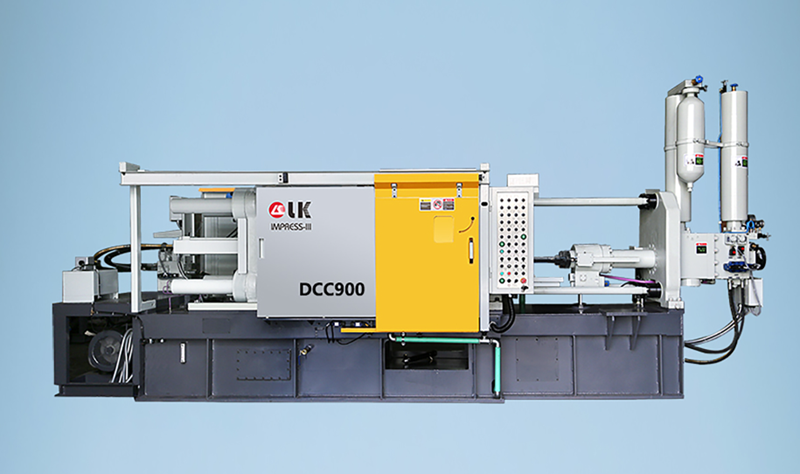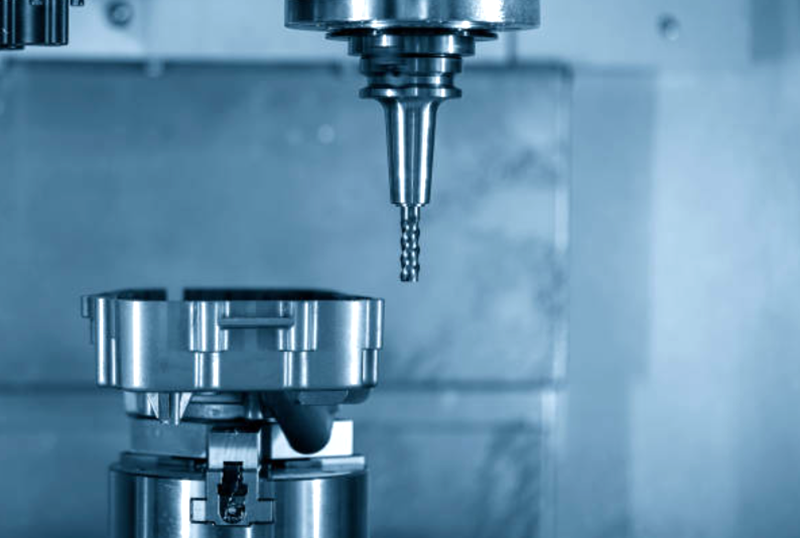Thread Casting
LK Die Casting Machine / 2024-08-19 16:46:06
1. What is Thread Casting
Thread casting refers to the process of casting threads directly into parts by some process means during the casting process. Usually, thread casting is to pre-design the thread structure in the mold without subsequent processing. Unlike traditional mechanical processing threads, thread casting can improve production efficiency and reduce the complexity of processing. In fact, thread casting is using a die-casting machine to make castings with threads.

2. Classification by Thread Formation
In some casting methods, threads may be formed in the mold itself, while in other methods, threads are added after casting. The classifications here include:
Preformed Threads:
Threads are created as part of the mold, often using a core or a specialized insert that forms the desired thread geometry during the pouring of the molten metal.
Post-Cast Threading:
After the casting has solidified, threads may be cut, rolled, or stamped onto the component. This is common in castings where precise or fine threads are required.
Thread Cutting:
After casting, a cutting tool (such as a tap or die) is used to form the thread.
Thread Rolling:
Threads are formed by applying pressure with dies, which results in a stronger thread structure compared to cutting.
3. Thread Casting Process
Compared with traditional thread processing methods such as cutting, grinding, or rolling, thread casting has the advantages of saving materials, improving production efficiency, and ensuring thread accuracy.
Before casting threads, a suitable mold needs to be designed. To cast parts with threads, there will be cavities in the mold that match the shape of the threads. These threads are usually pre-designed in the mold to ensure that the surface of the cast part has accurate threads. This reduces the number of subsequent threading steps and reduces production time.

4. Applications of Threaded Castings
Generally speaking, aluminum alloy die castings such as engine housings and wheel nuts require threaded connections; mobile phone housings, battery terminals, etc. often require die-casting and then threaded processing for assembly; electrical housings and electromechanical equipment require threaded castings. These molds with threads are widely used. Therefore, using a die-casting machine to die-cast castings with threads can largely meet market demand.
5. Advantages of The Thread Casting
The application of die-casting machines in thread casting has the following advantages:
High precision:
It can form threads with complex structures and high precision.
Production efficiency:
It can mass-produce high-precision threaded parts in a short time.
Good surface quality:
The surface finish of the casting is high, reducing the need for subsequent processing.
Cost-effectiveness:
It reduces the steps of subsequent processing and reduces the overall production cost.
Design flexibility:
The shape and specifications of the thread can be customized as needed.
6. Thread Casting Challenges
Thread Accuracy:
The threads formed in die casting must have sufficient accuracy to be able to fit with other parts. The tolerance requirements of the threads may require more sophisticated mold design and control.
Mold Design:
Die-casting molds need to be specially designed to accommodate thread casting. The thread structure may increase the complexity of the mold, which affects the manufacturing cost and time.
Metal Flow:
The threaded area usually has a small space, and uneven metal flow may cause defects in the casting. Accurately controlling the injection speed and pressure of the metal is the key to ensuring the quality of the thread.
Material Selection:
Thread casting is often used for high-strength materials such as aluminum alloys or zinc alloys. Selecting materials suitable for thread casting is crucial to ensure the strength of the product and the durability of the thread.
Summary
The application of die-casting machines in thread casting has greatly improved the production efficiency and precision of threaded parts. And our high-tech die-casting machines are equipped with intelligent control systems and remote monitoring functions. These systems can monitor various parameters in the die-casting process in real time, discover and solve problems in time, and ensure the stability and reliability of the production process.
Although thread-casting technology still faces many challenges, these problems will be effectively solved in the future with the advancement of technology. Whether in the automotive industry or other fields with high precision requirements, thread casting will continue to play its unique advantages. Understanding and mastering the thread casting process is essential to optimizing the production process and improving product quality!
For more info, you can refer to:
https://www.tiktok.com/@lk_diecastingmachine/video/7405113006880820522
https://www.youtube.com/shorts/JLX410QV_kw
To learn further info about our Die Casting Machines, pls contact us through our website.
Address:
1. Industry Zone, South of Port Said Kebly, Cairo, Egypt
2. EX 14., EASTERN RING ROAD, AI RAYAN DISTRICT,
RIYADH, SAUDI ARABIA
Arabic Website: https://ae.zazdiecasting.com/
English Website: https://www.zazdiecasting.com/
Phone/WhatsApp/Wechat: 0086 13598704163
Mobile: +20 101 304 3317 +20 150 181 8310
Email: jack@zazmae.com ahmedmahmoud@zazmae.com
OTHER CONTENT
-

2024-09-19 14:16:15 LK Cold Chamber Die Casting Machine DCC900 Locking Force: 9000KN Die Height: 400-1000mm Space Between Tie Bars: 930x930mm Shot Weight: 13.5Kg Casting Area Max:2250c㎡
More -

2024-09-19 14:11:06 LK Cold Chamber Die Casting Machine DCC280 Locking Force: 2800KN Die Height: 250-650mm Space Between Tie Bars: 560x560mm Shot Weight: 2.9Kg Casting Area Max:700c㎡
More -

2024-09-19 10:23:07 LK Cold Chamber Die Casting Machine DCC580 Locking Force: 5000KN Die Heigh: 350-850mm Space Between Tie Bars: 760x760mm Shot Weight: 6.9Kg Casting Area Max:1250c㎡
More -

2024-09-19 10:11:20 LK Cold Chamber Die Casting Machine DCC400 Locking Force: 4000KN Die Height: 300-700mm Space Between Tie Bars: 669x669mm Shot Weight: 4.7Kg Casting Area Max:1000c㎡
More

